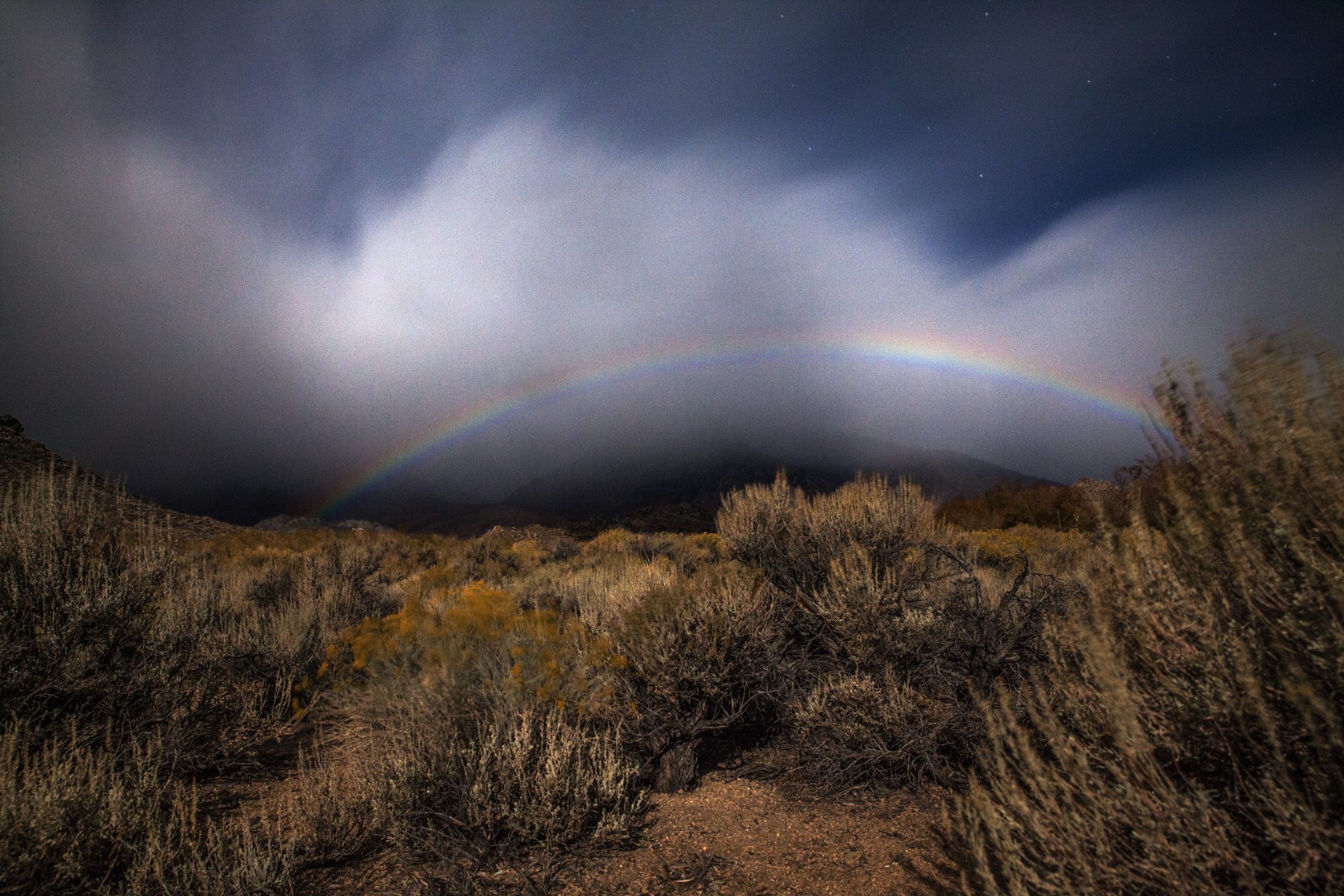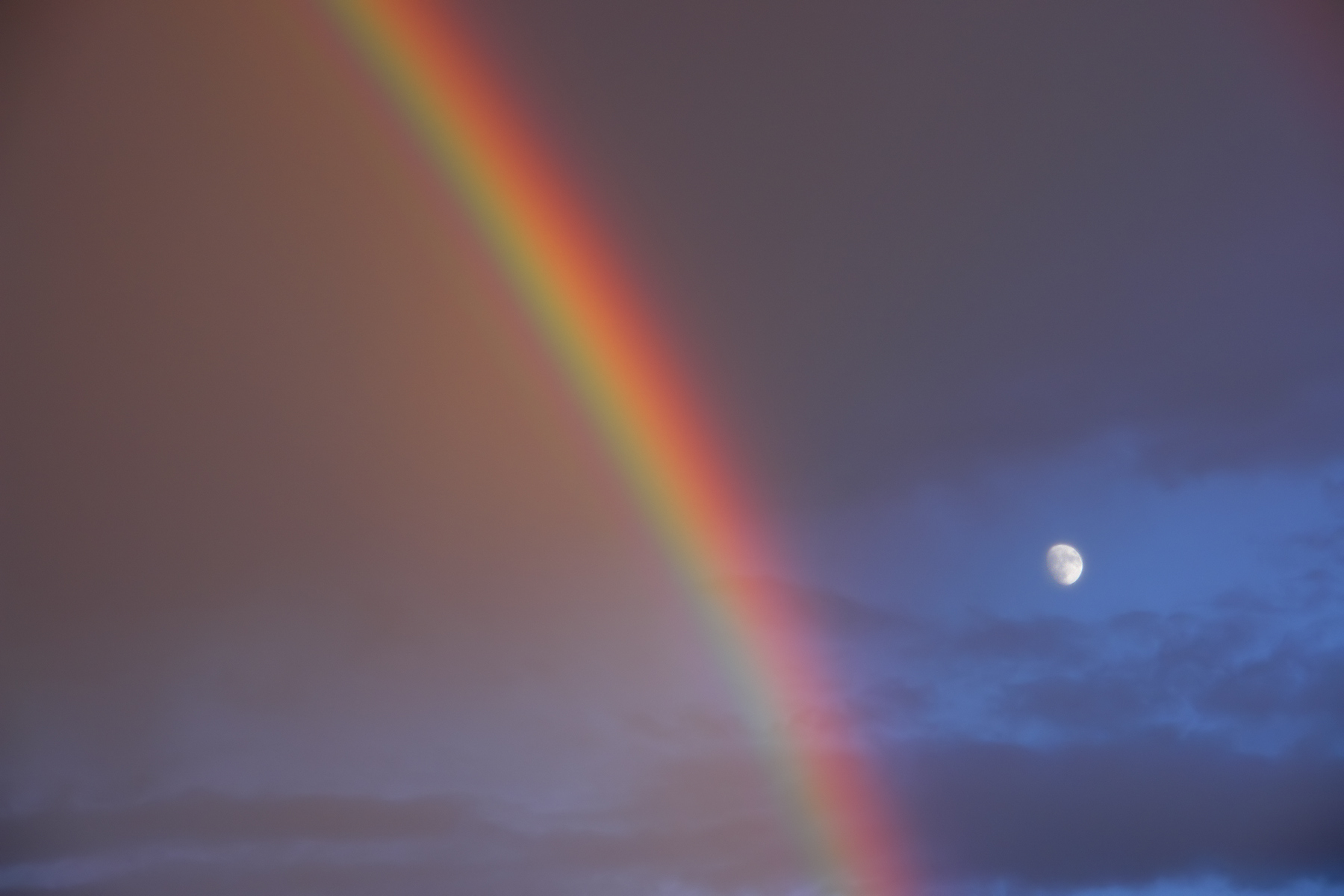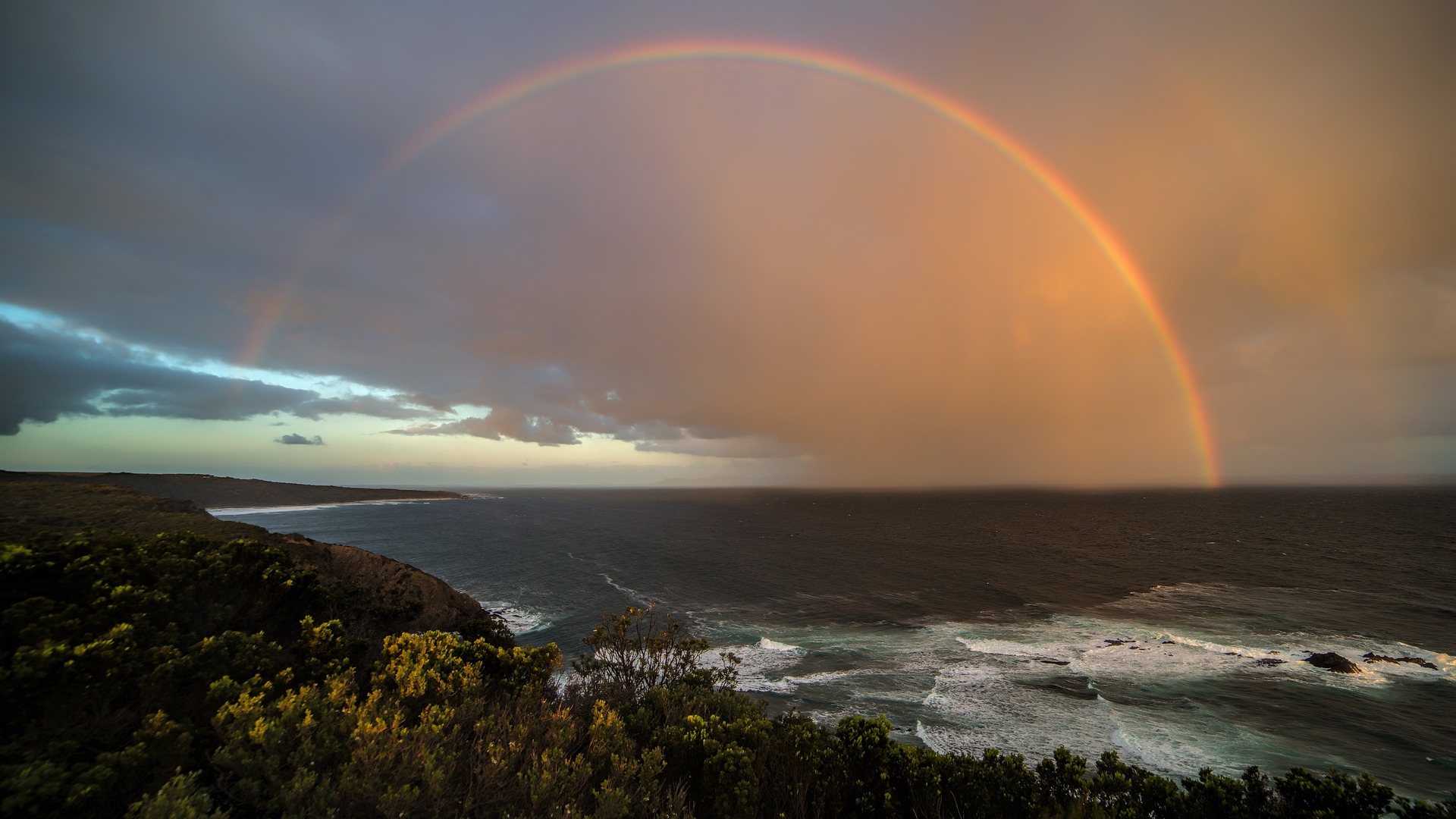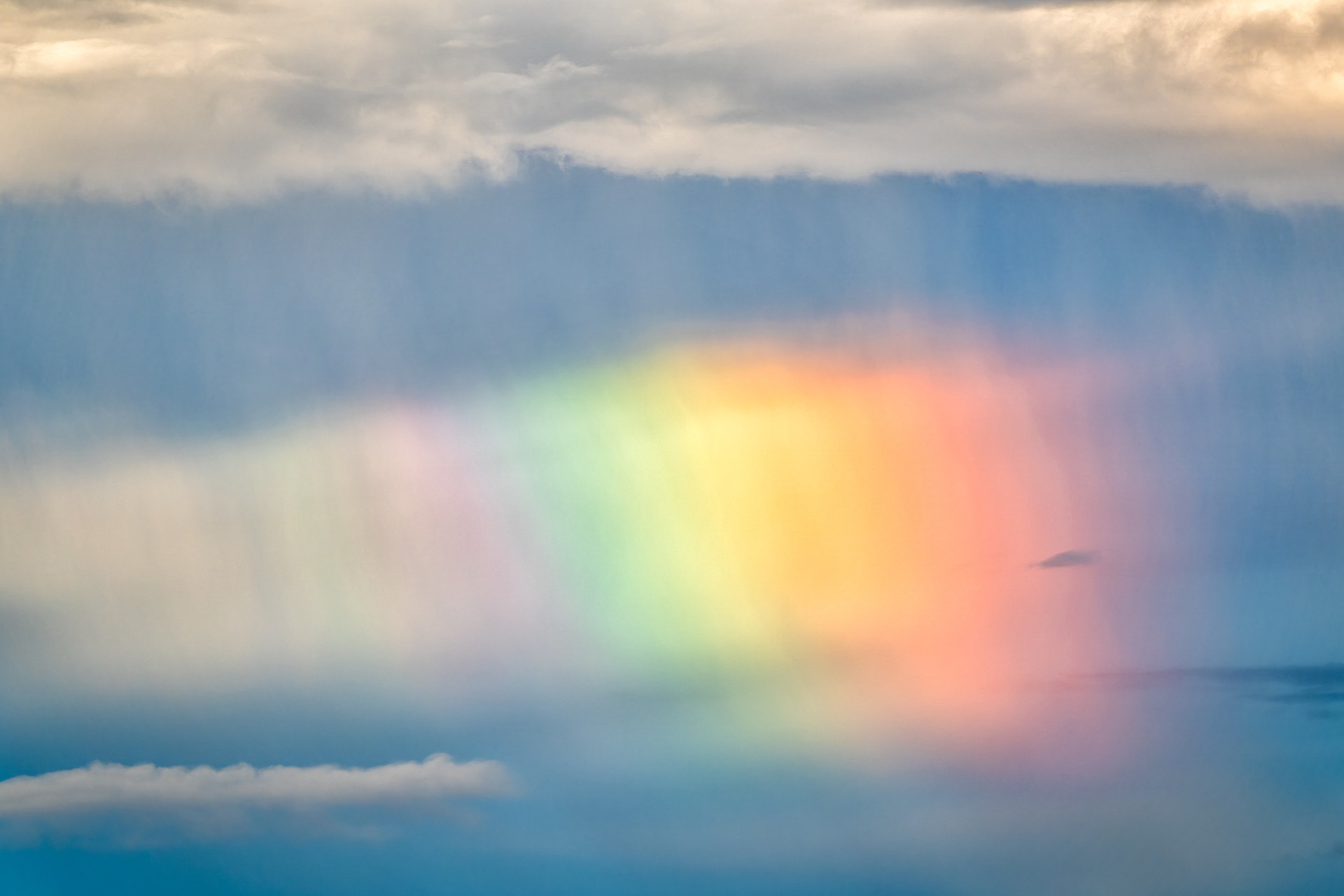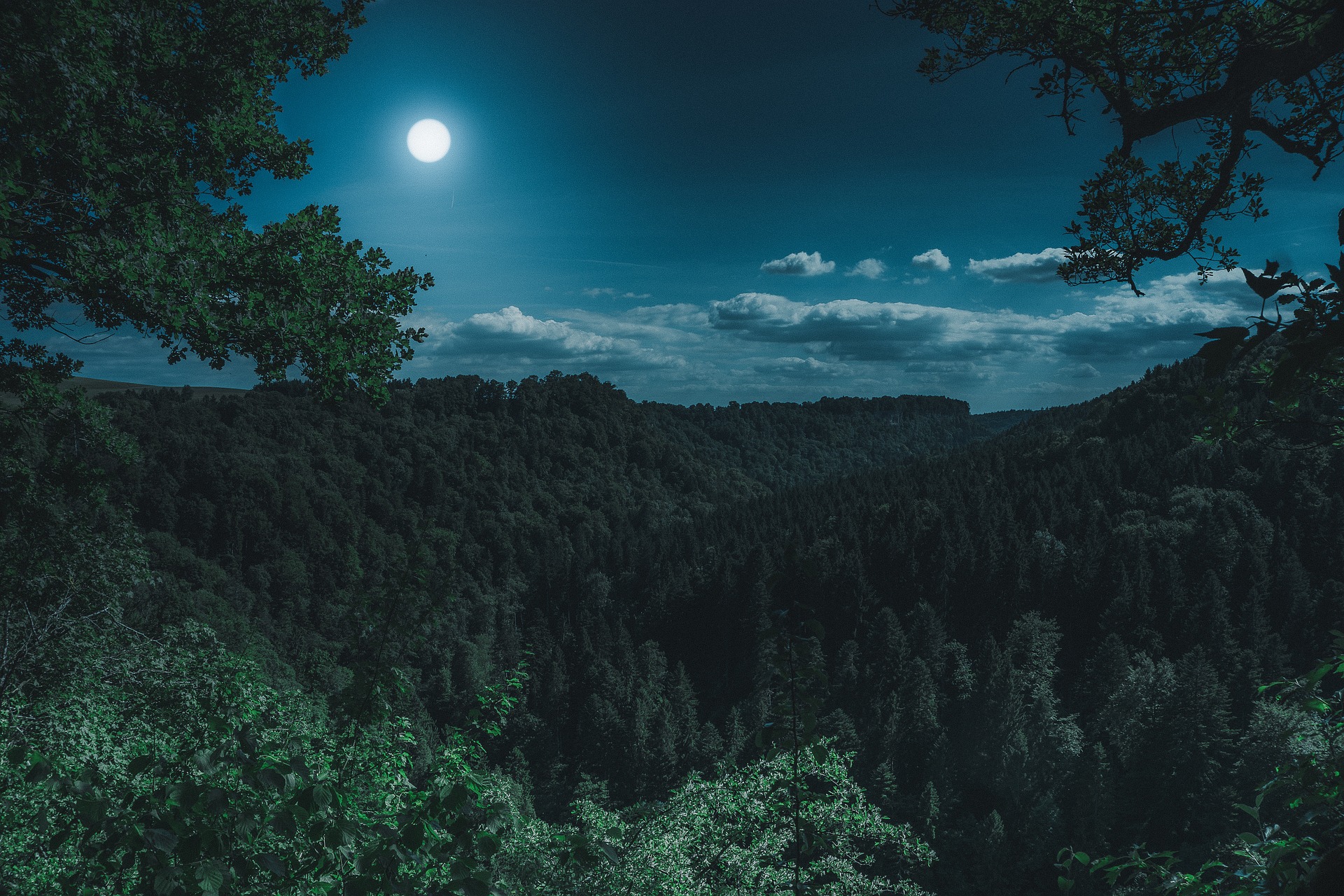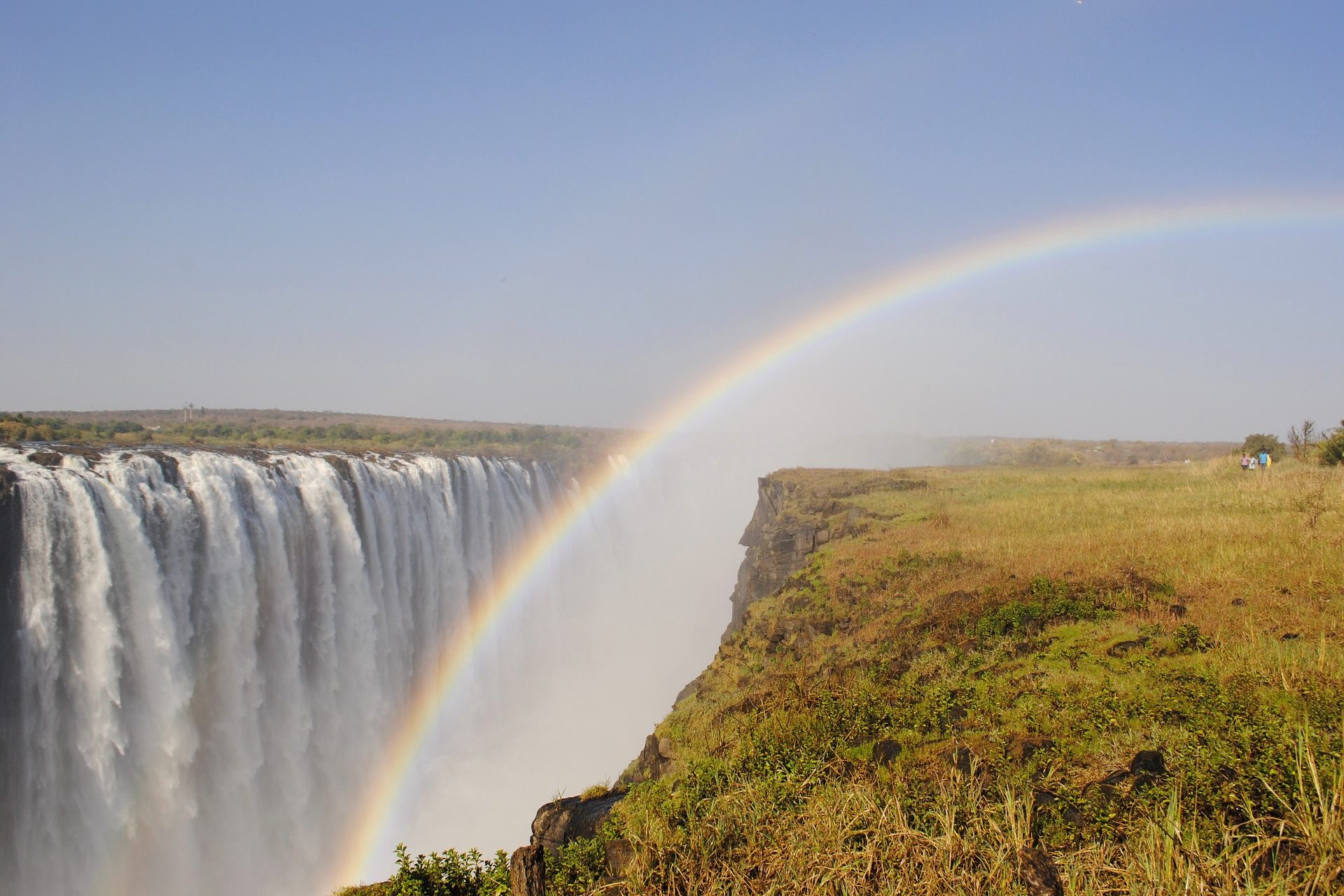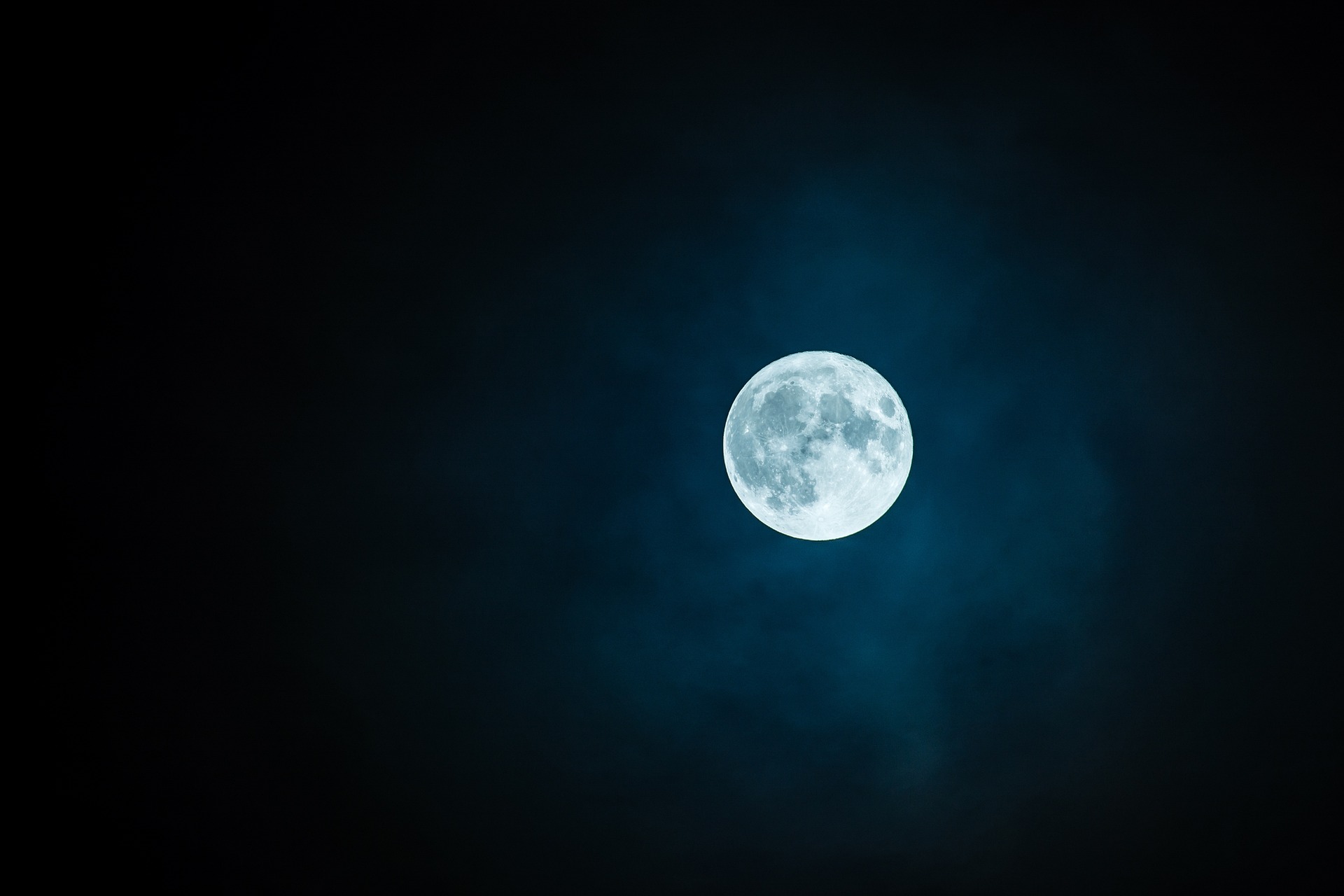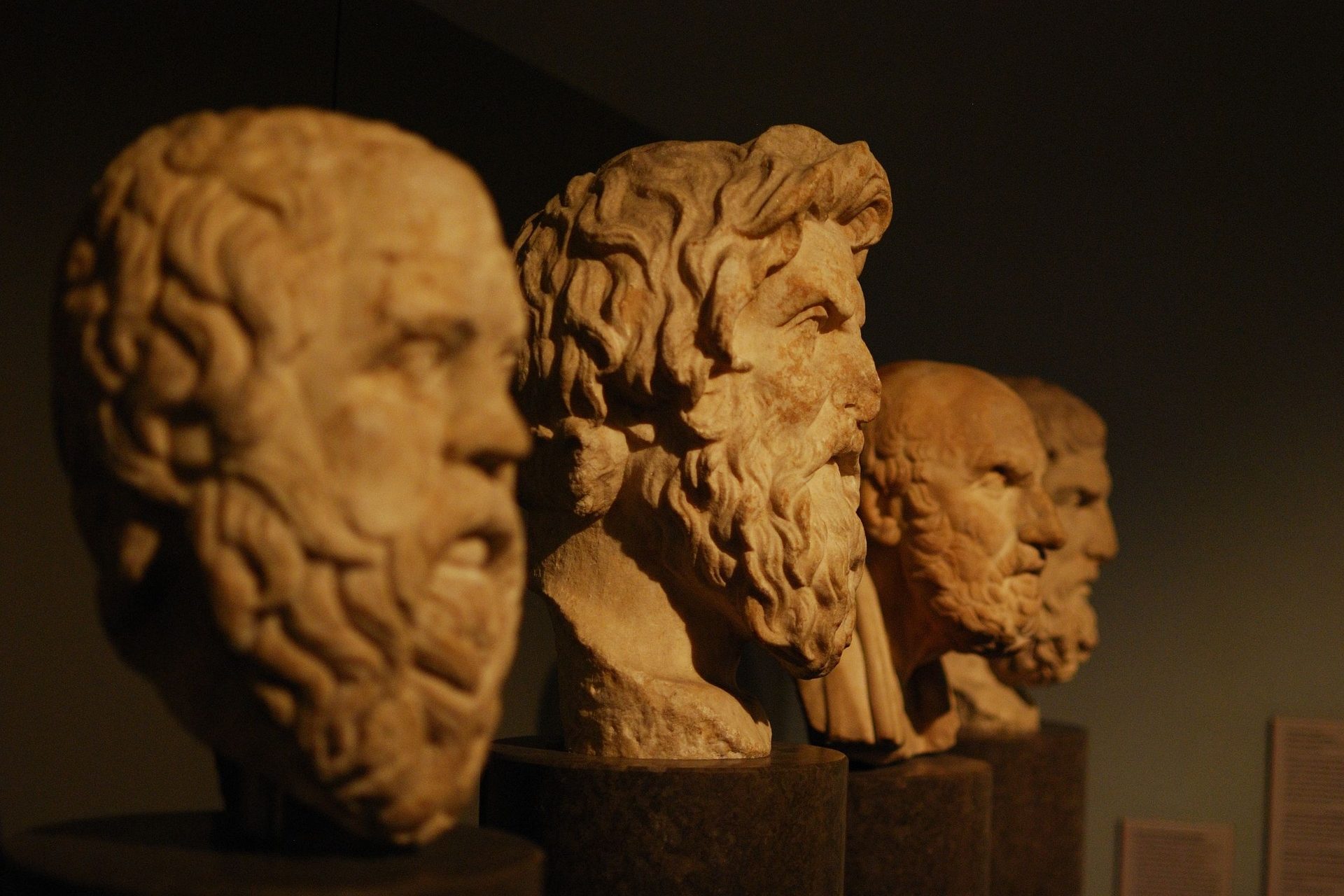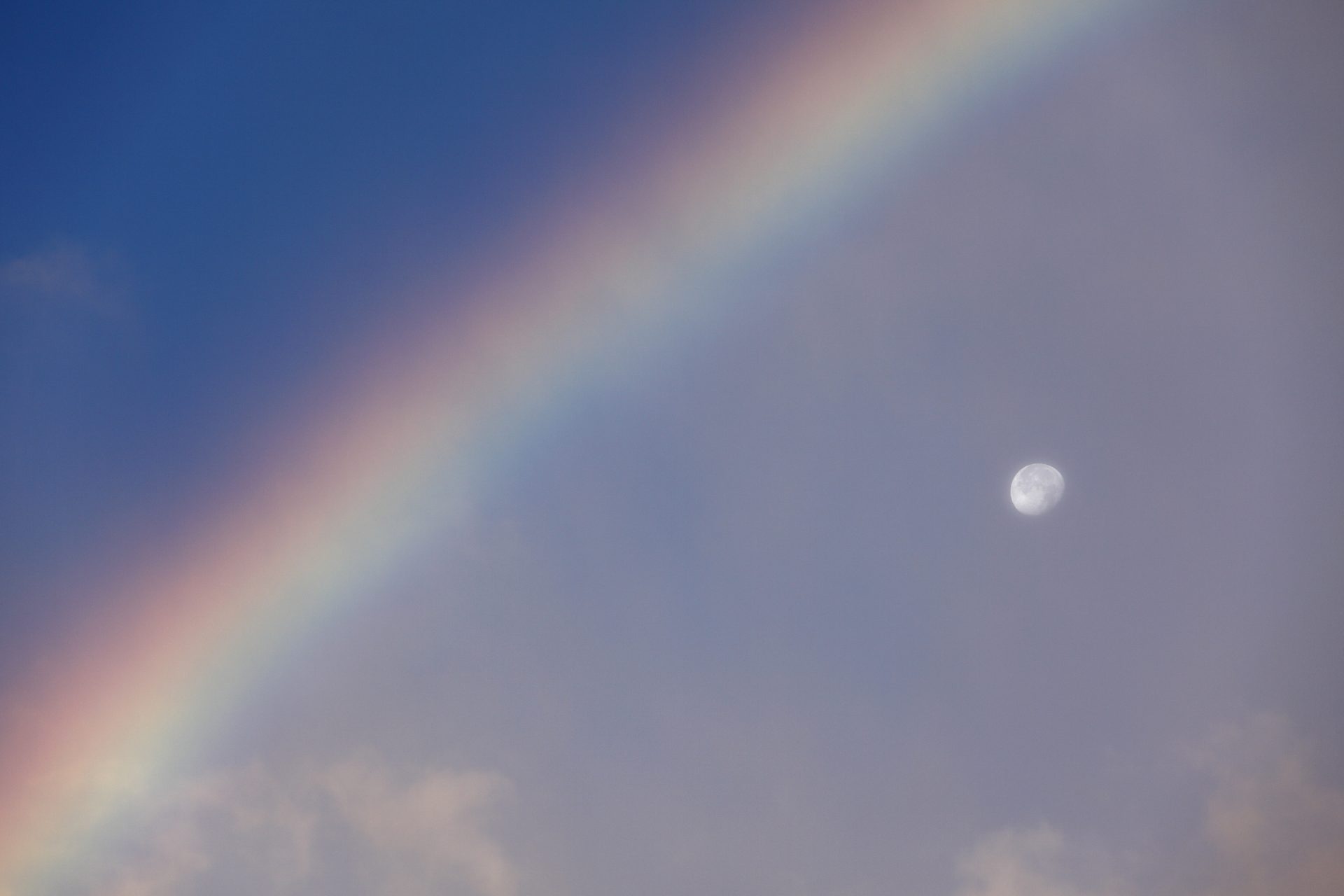Lunar rainbow: What this fascinating celestial event is all about?
Everyone knows the wonderful celestial spectacle of colorful rainbows. It sounds unbelievable, but there are also so-called lunar rainbows at night...
However, these phenomena are rarer and require special conditions. Moreover, they only appear regularly in a few places in the world, according to National Geographic.
Lunar rainbows and rainbows that occur during the day have one thing in common: they are created by the interaction of light and water droplets.
Photo: Pixabay / Kanenori
While rainbows are created by sunlight during the day, at night it is the light from the sun reflected from the surface of the moon that causes lunar rainbows to appear.
Photo: Pixabay / Cleverpix
Since this reflected light is far less powerful than direct sunlight, the conditions must be very good.
Photo: Pixabay / Kanenori
The moon must be very bright and at least almost full, the air must be clear and there must be a steady amount of water droplets in the air.
Photo: Pixabay / flo222
In fact, according to National Geographic, there are only two places in the world where lunar rainbows can be regularly observed in addition to the usual solar rainbows: Victoria Falls in Africa and Cumberland Falls in the USA.
Photo: Pixabay / nike159; shows Victoria Falls during the day with a rainbow
Because of the waterfalls, the air here is rich in small water droplets - however, the other conditions, namely clear air and an almost full moon, must also be met for the sighting to take place.
Photo: Pixabay / rkarkowski
As early as 350 BC, Aristotle discussed the celestial phenomenon of rainbows in his treatise "Meteorology" and recognized the interaction of water particles in the air and light as the cause.
Photo: Pixabay / morhamedufmg
Aristotle also discussed the phenomenon of lunar rainbows and noted that the moon must be almost full and bright for this to happen. Even today, more than two thousand years later, this spectacle fascinates us. Did you know about the phenomenon of lunar rainbows? Tell us about it in the comments!
More for you
Top Stories



